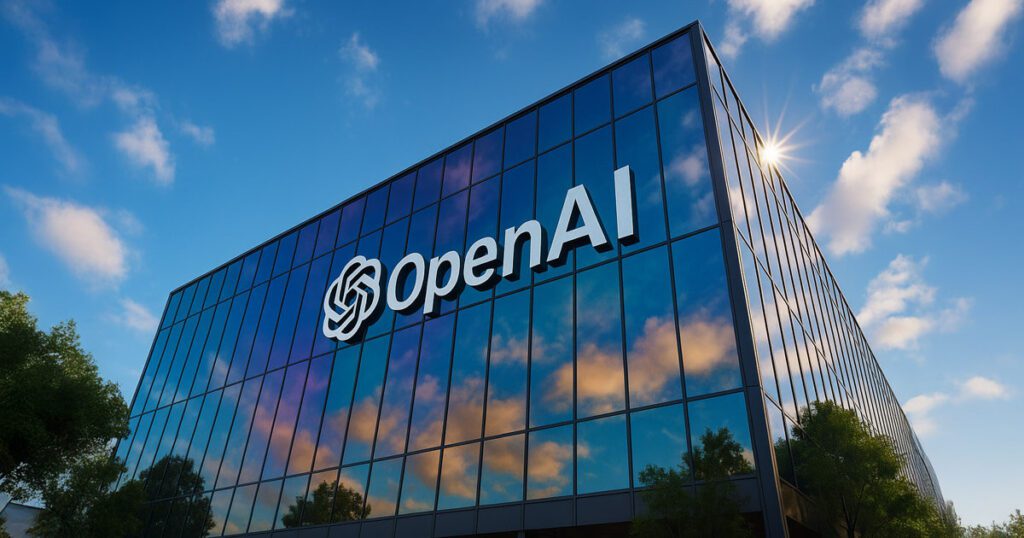Openai will begin in stages of the current system naming the underlying model, replacing existing “GPT” numerical branding with a unified identity under the upcoming GPT-5 release.
This shift, recently announced at Reddit AMA, featuring members of the Core Codex and Research team, reflects Openai’s intention to simplify product interactions and reduce ambiguity between model features and usage aspects.
Codex, the company’s AI-powered coding assistant, currently works through two main deployment paths: the ChatGPT interface and the Codex CLI. Models including Codex-1 and Codex-Mini support these products.
According to Jerry Tworek, Vice President of Research at Openai, the GPT-5 aims to integrate such variations, allowing functionality to be accessed without switching model versions or interfaces. Toilek said,
“The GPT-5 is the next basic model that aims to create everything the model can do better than it is now and to reduce model switching.”
New OpenAI tools for coding, memory and system operations
This announcement will be a unified agent framework, consistent with broader convergence through Openai’s tools, Codex, operators, memory systems, and deep research capabilities. This architecture is designed so that models can generate, run, and validate code in a remote cloud sandbox.
Multiple OpenAI researchers emphasized that differentiation of models via numerical suffixes will no longer reflect how users interact with features, especially when ChatGPT agents perform multi-step coding tasks asynchronously.
Model suffix retirement is set against the background of an increase in Openai’s focus on agent behavior for static model inference. Instead of branding releases using identifiers such as GPT-4 and GPT-4O-MINI, systems are increasingly identified through features such as developer agent Codex and local system interaction operators.
According to Andrey Mishchenko, this transition is also practical. Codex-1 is optimized for ChatGpt execution environments and is working to standardize agents for API deployments, but is not suitable for wider API use in its current format.
Although the GPT-4O was published in a limited variant, internal benchmarks suggest that the next generation prioritizes width and lifespan over improvements in incremental numbers. Several researchers noted that even if updates like the Codex-1-Pro remain unpublished, Codex’s actual performance is approaching or exceeding expectations of benchmarks like the SWE-Bench.
The convergence of the underlying model is intended to address fragmentation across developer interfaces.
This simplification occurs as OpenAI expands its integration strategy across the development environment. It is expected that future support will be supported by GIT providers that go beyond the GitHub cloud and compatibility with project management systems and communication tools.
Hanson Wang, a member of the Codex team, confirmed that deployment through the CI pipeline and local infrastructure is already feasible using the CLI. According to Joshua Ma, Codex agents operate in isolated containers with defined lifespans, allowing them to perform tasks that last up to an hour per work job.
Extending the OpenAI model
Openai’s language models have been historically labelled based on size or chronological development such as GPT-3, GPT-3.5, GPT-4, and GPT-4O. However, GPT-4.1 and GPT-4.5 are, in some ways, behind the latest models that are GPT-4O in other ways.
As the underlying model begins to directly perform more tasks, such as reading repository, running tests, and formatting commits, versioning is less important in favor of feature-based access. This shift reflects internal usage patterns in which developers rely more on task delegation than selecting model versions.
Twork responded to a question about whether Codex and the operator would eventually merge to handle tasks that include Frontend UI validation and system actions.
“We already have a product surface that allows us to do things on your computer. It’s called an operator. Ultimately, we hope that those tools will feel one thing.”
Codex itself was described as a project born out of underutilized internal frustration that has not fully utilized Openai’s own model of daily development, an emotion reverberated by several team members during the session.
The decision on the Sunset model version also reflects the push for modularity of Openai’s deployment stack. Teams and enterprise users use codex content excluded from model training to maintain strict data control. Meanwhile, Pro and Plus users will be given a clear opt-in pass. As CODEX agents expand beyond the ChatGPT UI, Openai is working towards a new usage layer and a more flexible pricing model that could enable consumption-based plans other than API integration.
Openai did not provide a decisive timeline when complete non-insuption of GPT-5 or existing model names occurs, but changes to internal messaging and interface design are expected to accompany releases. For now, users interacting with Codex via ChatGPT or CLI can expect better performance as model features evolve under the streamlined identity of GPT-5.
It is mentioned in this article
